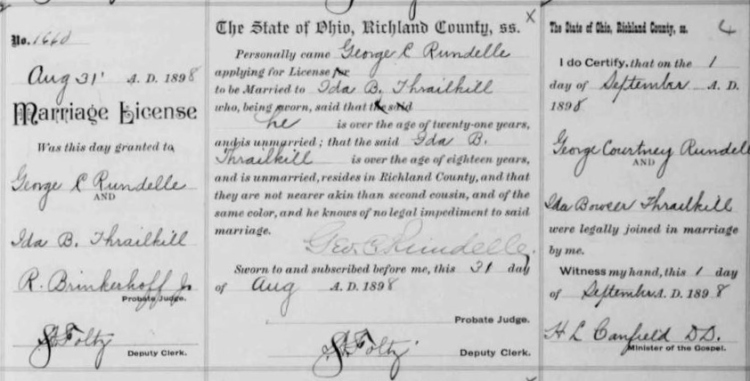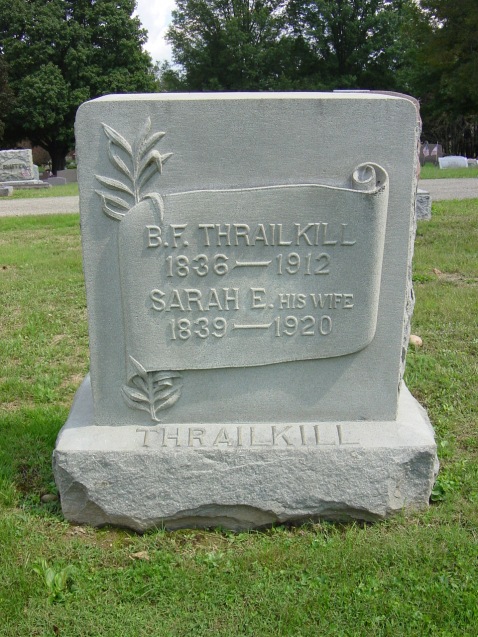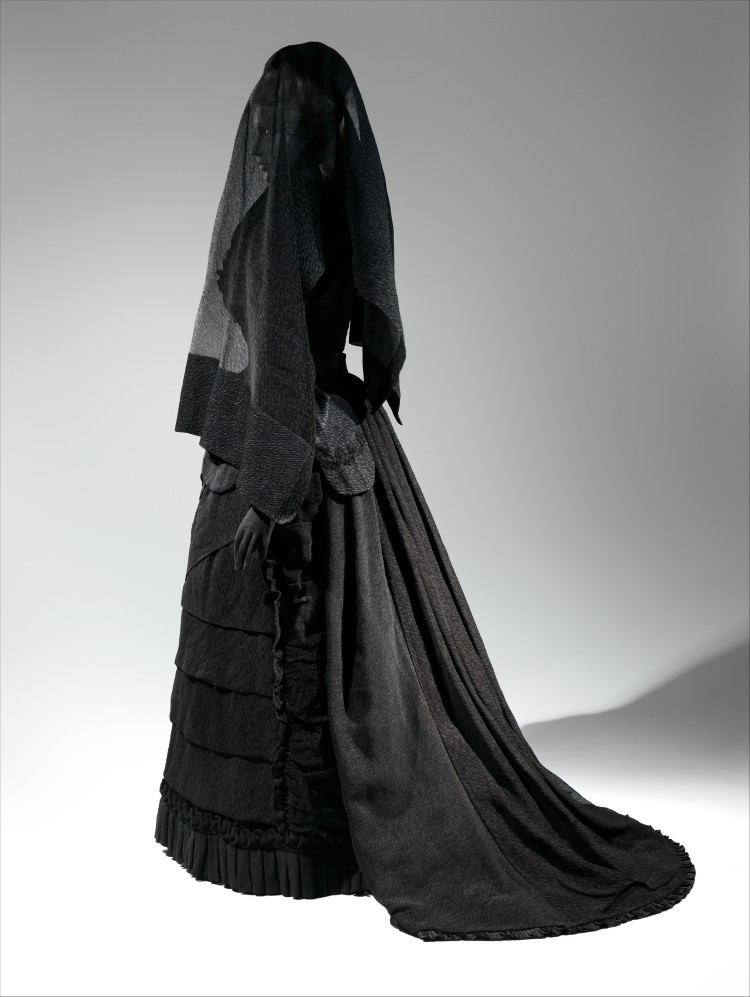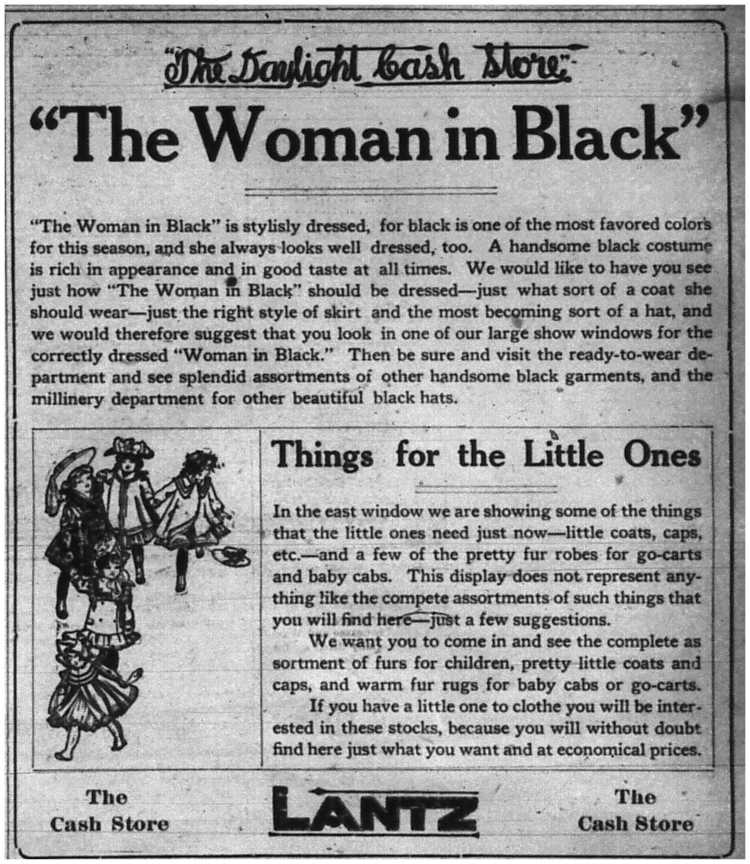
In October many people come into the Sherman Room looking for information on The Ohio State Reformatory, the Bissman Building, or the Ceely Rose House. These, among others, are ghost stories and haunted locations which many of us who live in the area are familiar. This interest in the paranormal isn’t a new phenomenon; ghost stories have circulated in the community since settlers first planted roots in the rich soil in which Richland County got its name.

After the War of 1812, Native-Americans returned to Mansfield and attempted to live with the growing population of settlers in Mansfield. It was reported that one night two Native-Americans, Seneca John and Quilipetoxe, came into town and began drinking at Williams Tavern, located of the south-east corner of Central Park, where the Southern Hotel once stood. The account was that they became drunk, increasingly agitated and, as they left the tavern, swore “vengeance against the whites.” Five men reportedly followed them east towards Ashland Hill and a battle ensued. The two Native-Americans were killed and buried in a ravine which became known as “Spooks Hollow.” It was reported that one could see two apparitions of the murdered men lurking in the shadows at night.
Throughout the 1800’s, reports of apparitions taking the form of big black dogs were seen near Zeiter’s Cemetery north of the city. It was reported in 1911, in The Mansfield News, that the cemetery which was located on the Joseph Flora farm, and later owned by Perry Kohler, was the site of a murder by the Flora Family. It was rumored a peddler who had been stopping at the farm was killed and buried in an unmarked grave. The story was never proven or disproven, but was the source for many of these stories throughout the years. The author of the article in 1911 claimed to have stayed there alone one night and never saw the dog, nor heard its growl.
In June of 1881, The Ohio Liberal reported a ghost being seen near the Gold Mine in Bellville. It was told a doctor and his wife was returning home when their horse stopped in the road and refused to proceed. The doctor got down from the buggy to see if a tree had fallen, but found nothing. On his way back to the buggy his wife screamed and, upon looking up the gully, about fifty yards from the road stood the outline of a figure. The figure became more visible and the doctor said it was a man of about 35 years of age, moderate build with dark hair and whiskers. Upon looking closer the man appeared to have blood on his hands and looking down towards its feet lay another man with a gaping wound on his head, who had clearly been murdered. Mr. Z, as the paper referred to the man recounting the doctor’s story, said the doctor was unable to move until the apparition faded away.
There were also ghostly encounters reported in the city. In 1905 it was reported that the house at 258-260 North Main Street, next to Schwier’s Saloon, was haunted. Allegedly the sprawling home, that a Mrs. White was currently running as a boarding house, had been the site of at least three tragedies. In the late 1870’s, a man living in the house fell from the porch and was killed. Later, his wife hung herself from the stair banister and, a few years prior to 1905, a man was burned to death by gas in the front parlor. Mrs. White claimed she heard a door being opened, which she was sure was locked, knocking and the swish sound of a lady’s dress as if she was walking across the floor.
Finally, in 1907, in The Mansfield Daily Shied, it was reported that John W. Soule heard footsteps in the downstairs hallway of his East Sixth Street home. The family that lived in the home before the Soule’s also reported strange happenings and said a woman dressed in white would pace the hallway. Rumors began to circulate that this woman was murdered and she was seeking to clear up the mystery of her untimely death. It was suggested by the Shield that “several brave ones spend the night in the haunted hallway and endeavor to see if there is any truth to the strange tales. A party of iron nerved young men would be most acceptable and the question of spirits could be solved once and for all.”
This question may never be solved, and as long as people search for answers to the unknown, new stories will emerge and replace the one’s we know today.











